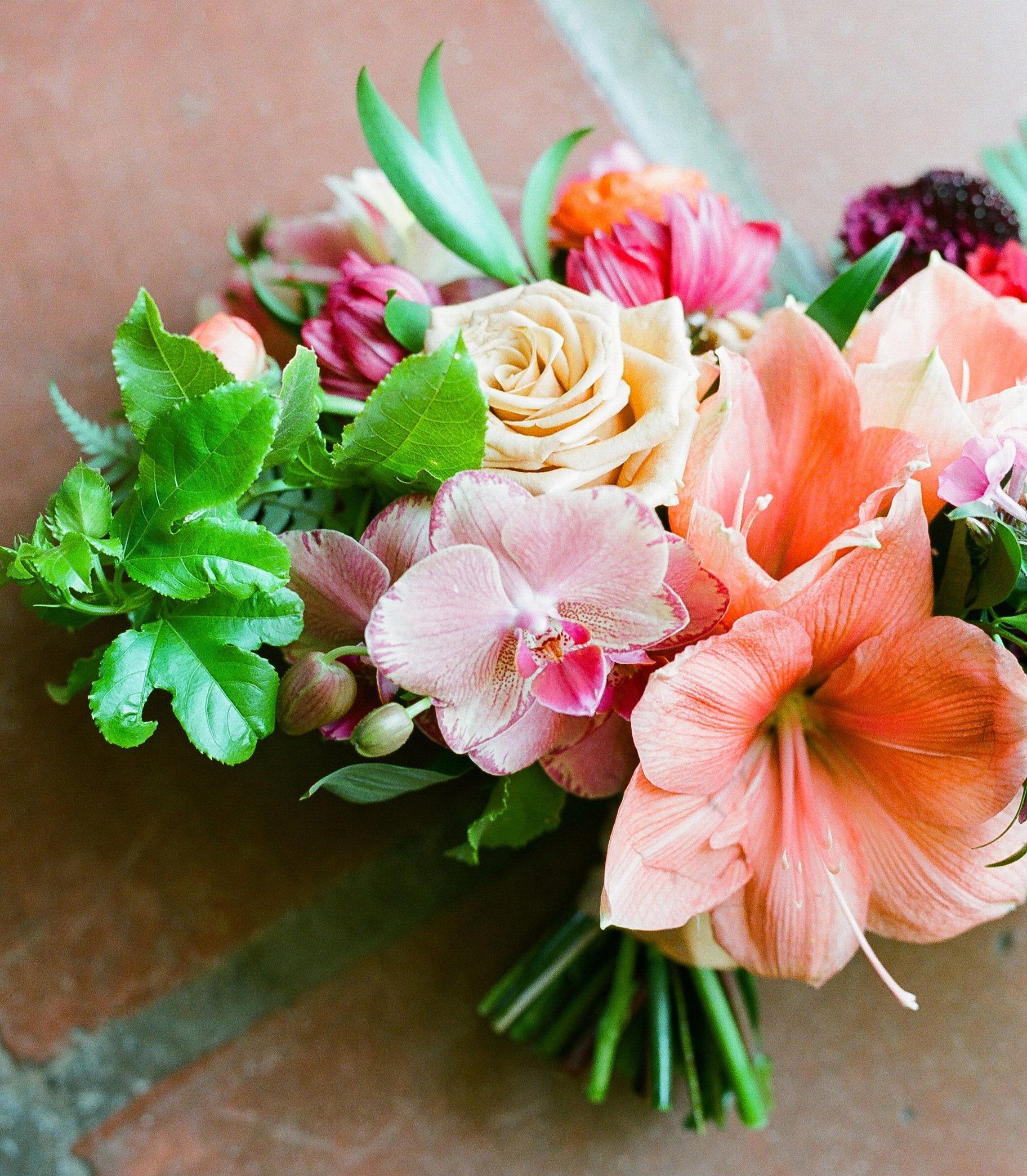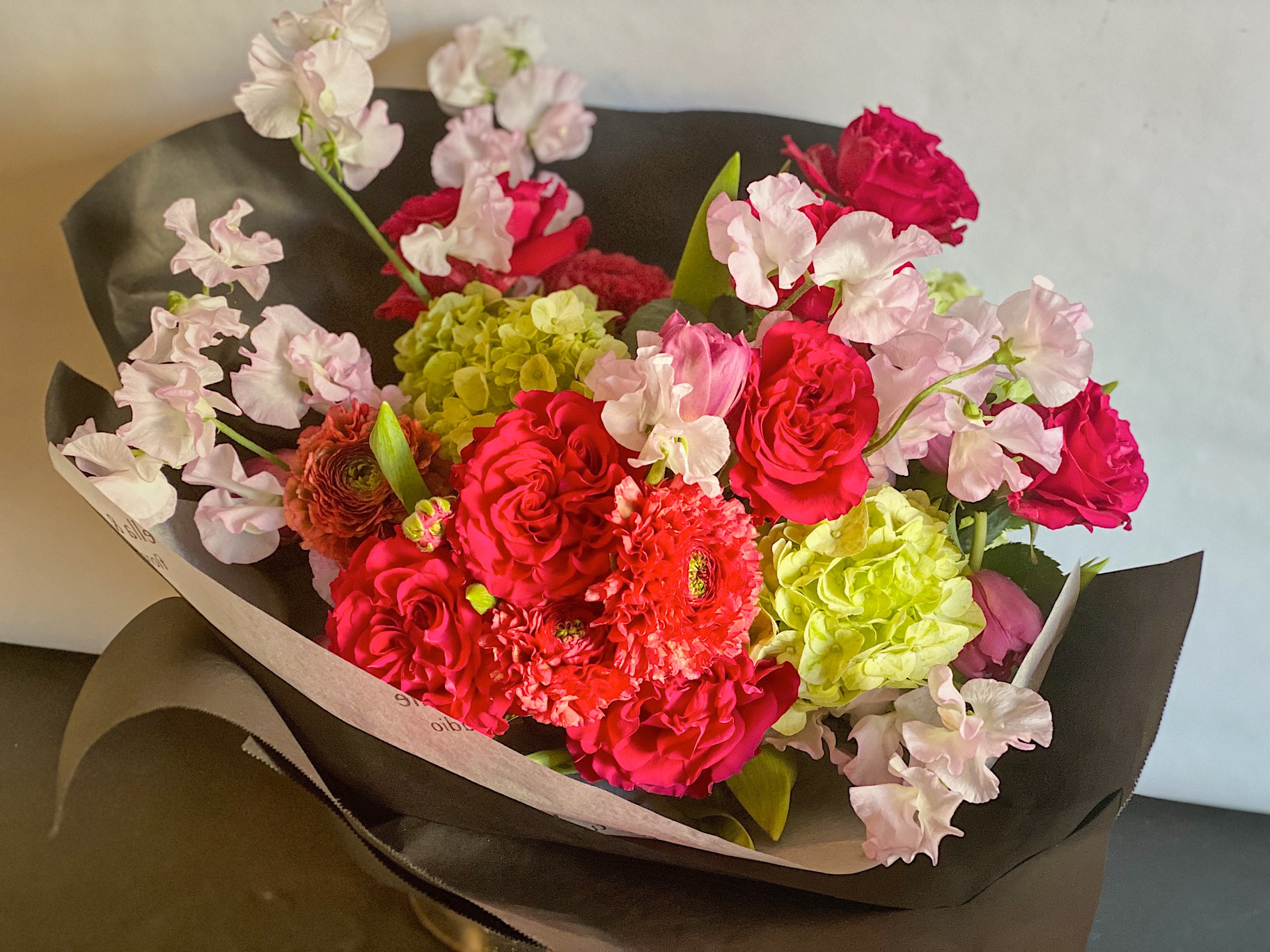It’s Valentine’s Day and love may be in bloom, but your favorite flower bouquet may not. The pandemic and the resulting supply chain issues have prompted a global shortage of fresh flowers, especially the kinds grown for weddings and other events. Florists in Southern California are getting creative in case their orders can’t be filled.
“Everybody's wanting more flowers, more events, more celebrations, and they only grow so much. And of course, other places in the world and even in California, we've had so many places shut down from quarantines and people getting sick, and things just not quite working right that it really did put a big obstacle in the way of fulfilling everybody's flower dreams this year,” explains Tracey Morris, a florist with ella & louie flowers in the Santa Barbara area.
Roses are particularly in low supply, she points out. “Because they come in all the colors, including white, and they're just so in demand, and they're just such a workhorse of a flower that everybody plans to use them. And [people] just can't always get what they want in terms of color variety. So you have to think on your feet and rely on your suppliers to give you some good substitutions.”
If people can get their hands on roses today, those flowers were likely grown in South America, then flown to the U.S. and distributed through wholesalers, grocery stores, and florists’ shops, she explains.

“We've had so many places shut down from quarantines and people getting sick, and things just not quite working right that it really did put a big obstacle in the way of fulfilling everybody's flower dreams this year,” says florist Tracey Morris. Photo by Lerina Winter.
Businesses are paying sometimes twice as much for the flowers they buy, Morris says. “And of course, you can't double the price on to your customers. So it's a really hard balancing act.”
Despite the hardships caused by the pandemic, she’s feeling good about the future. “Everybody's feeling a lot more optimistic about having events and having the supplies that they need, and being able to work together. I think the pandemic really brought us all a little bit closer into collaboration, just sharing knowledge and sharing labor and sharing help amongst the floral community, just to make sure that we all make it through.”

Despite the COVID pandemic contributing to dwindling supplies of flowers, florist Tracey Morris says it’s brought the floral community closer, as they share knowledge and labor. Photo by Tracey Morris.
